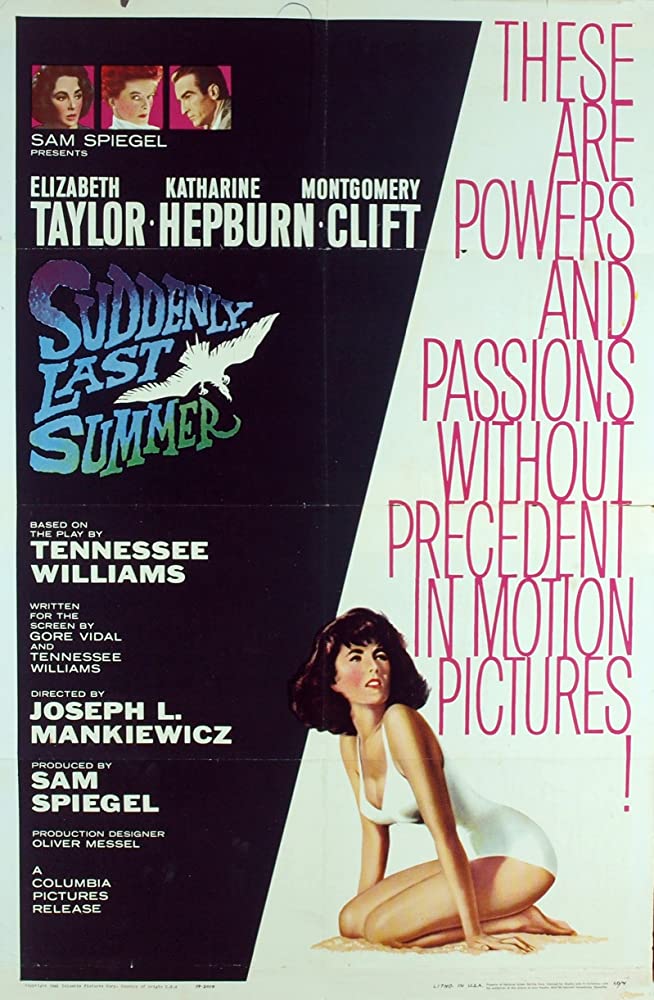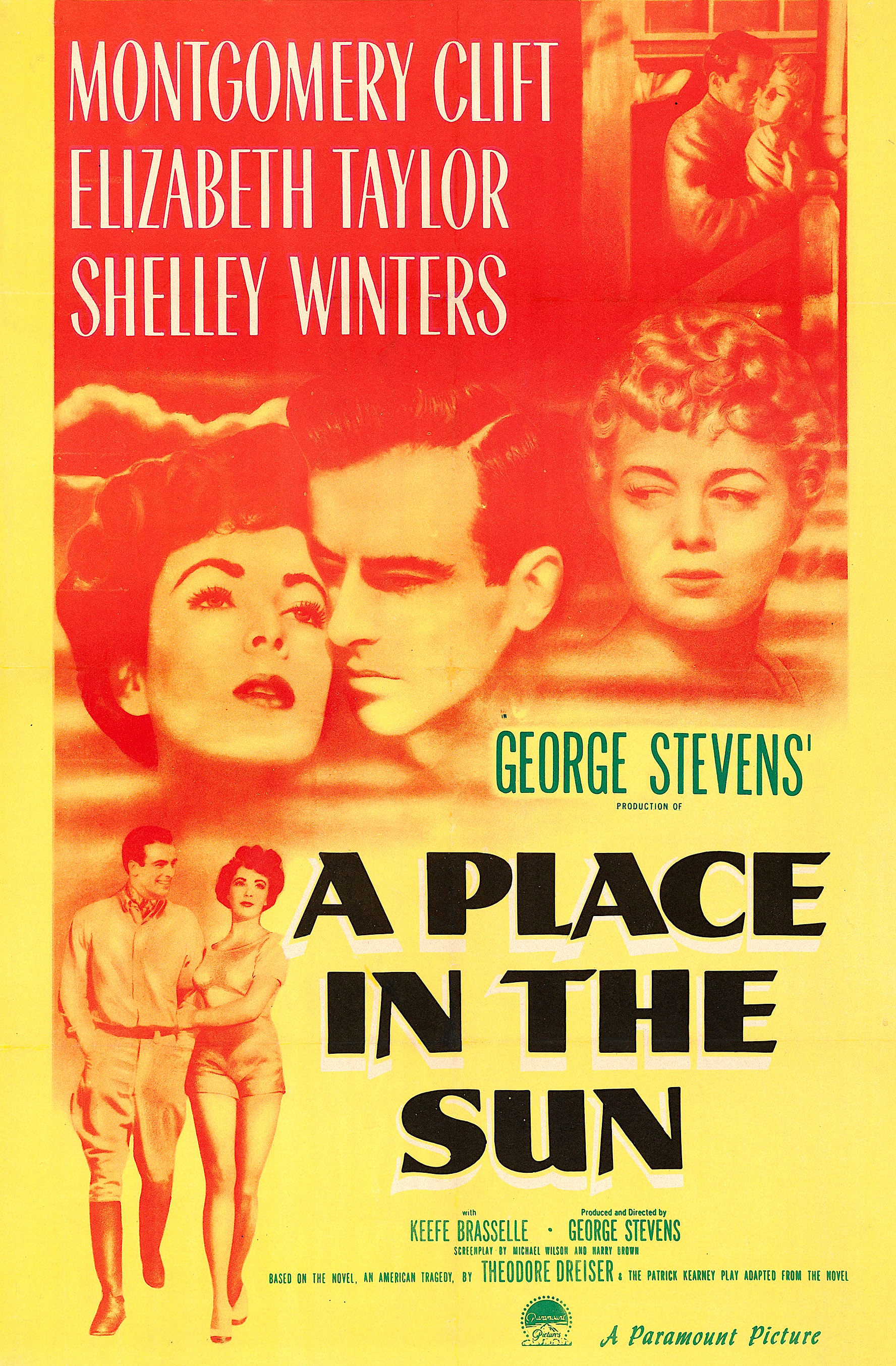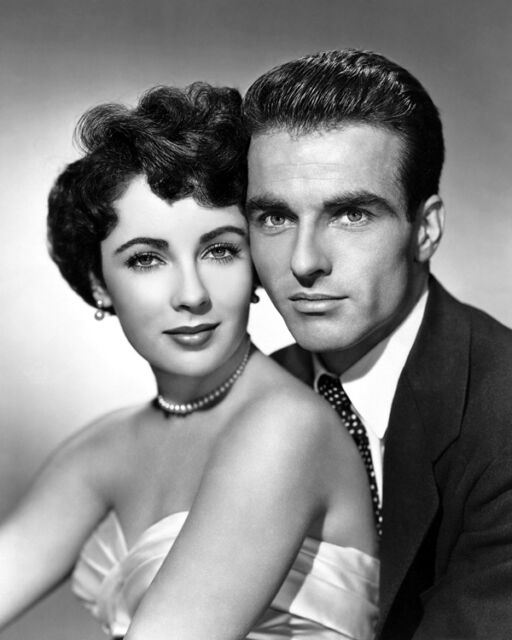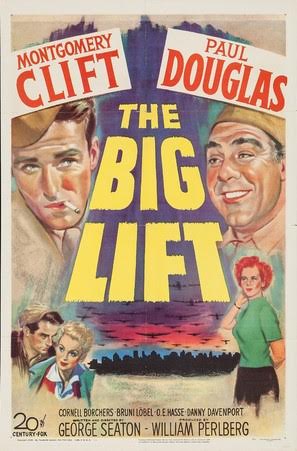Monty @ 100: The Italian misadventure of "Terminal Station"
 Wednesday, October 7, 2020 at 7:30PM
Wednesday, October 7, 2020 at 7:30PM 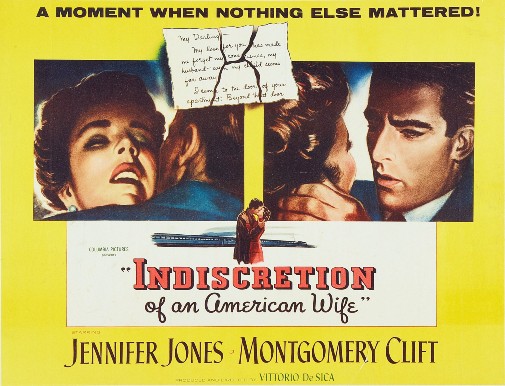
Some movies are more fascinating than they are engaging, working better as a discussion topic than as cinema. Such pictures tend to find their home in writings about film history or critical academia, living on as curious artifacts that thrive on the page while failing on screen. Montgomery Clift's seventh feature, the only time he ever worked with celebrated Italian auteur Vittorio De Sica, is one of such films. Perhaps more accurately, it's two of them…



